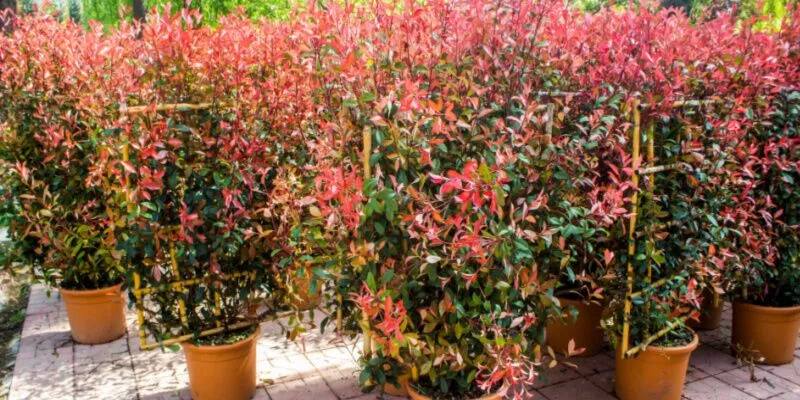When to Prune Ceanothus
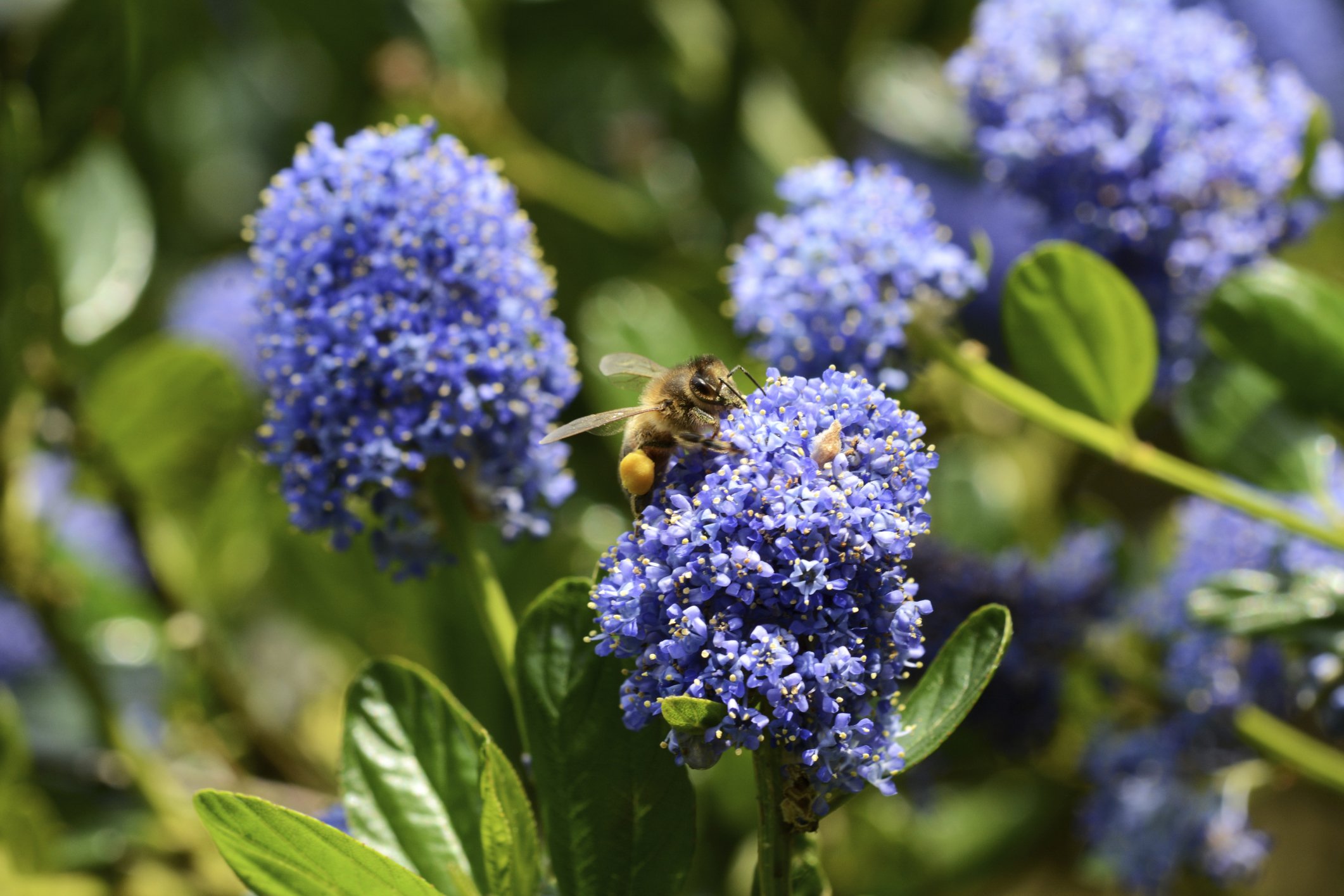
Table of Contents
Pruning Ceanothus correctly is an absolute necessity to maintain the shape and size of the plant species. When proper pruning techniques are applied, flowers bloom beautifully and also improve their aesthetics.
The plant can survive longer with appropriate maintenance and makes your garden a captivating heaven. It’s very important that you know the type of Ceanothus that you are about to prune since every Ceanothus has a different set of growth patterns and maintenance manuals.
Through this comprehensive guide, we will teach you when to start the ceanothus cuttings so that it remains thriving in your garden.
Guidelines for Pruning Ceanothus
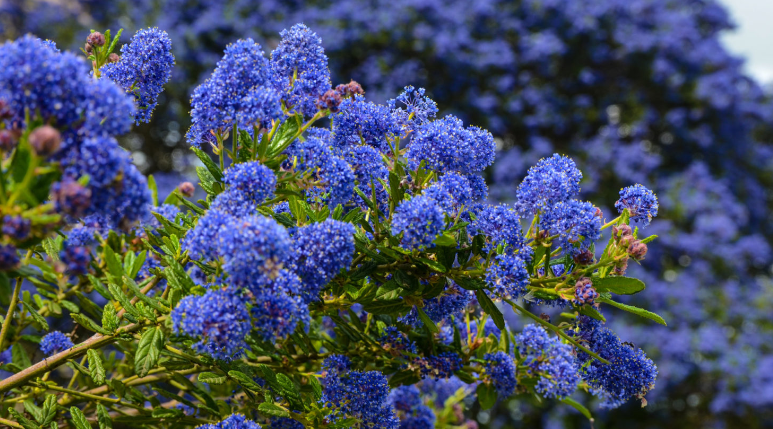
Ceanothus is called California lilac, and they should be trimmed at a specific time of the year. As an experienced gardener or beginner, these are some of the common guidelines that you should follow :
1. Pruning After Bloom
Early summer and late winter are the times when this plant species gets their bloom. Thus, as a responsible gardener, you should activate pruning just after their bloom. Doing this would not disrupt the flowering cycle of the plant and would help you enjoy the plant without having to compromise on the bloom.
2. Pruning Throughout the Year
To maintain the health of this plant species, many gardeners suggest that you do little pruning throughout the year. This means you should only remove the dead branches and the leaves to make the plant appear beautiful and create a stunning visual element for your landscape. This would increase the aesthetics of your garden.
3. Rejuvenate Pruning
As a gardener, there might be times when you forget to prune just after blooming. Now, your plant has overgrown, and you would need drastic pruning to make it appear in its original form. If you are planning to do that, then the best time is late winter and early spring, just when the bloom season is about to start.
4. Fall Pruning
Late summer is regarded as fall, and farmers all over the world would suggest you not to prune during this season. This is said because it disrupts the plant’s growth, and the flowers are not produced that are expected in the late spring. So, never try pruning in the fall, as this would disrupt the flowering cycle.
Important Tips to Keep in Mind While Pruning
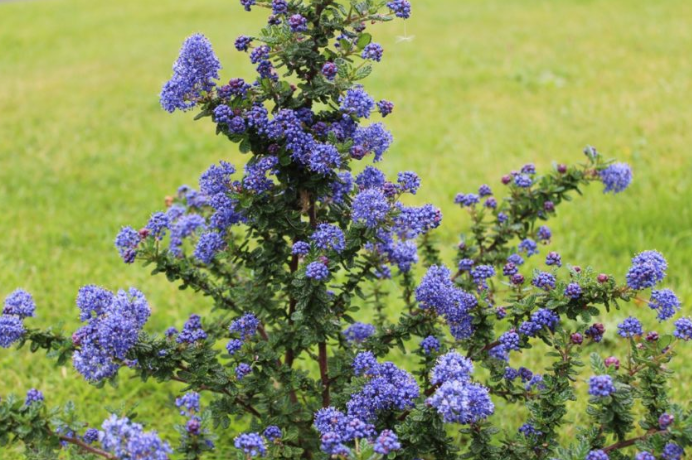
- Make sure that the tools you use for pruning are edgy and sharp. This will ensure that you have clean cuts.
- If you observe dead leaves or branches, then prune them immediately to maintain the shape and size of the plant.
- Never more than one-third of plants since that would hamper the plant growth and additionally cause stress to the plant.
- After pruning, make sure that you water the plant adequately, as this helps the plant to recover.
- Make sure that you select the type of Ceanothus that you want to prune, as different plant species have different growth patterns and maintenance instructions.
Pruning Techniques That You Should Consider
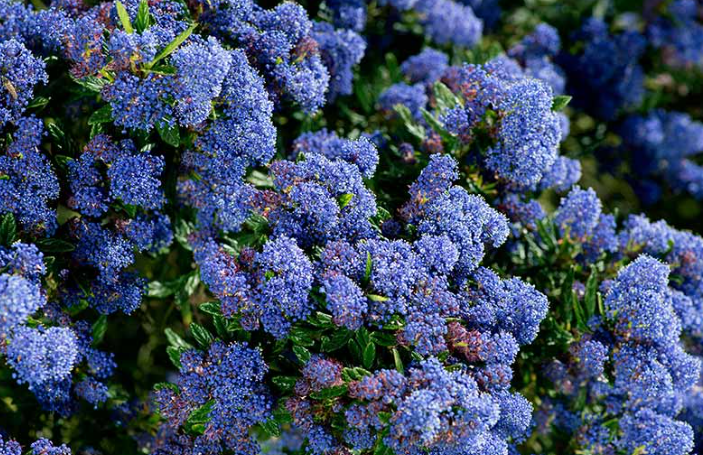
There are there three pruning things that you should consider. These are known as thinning, deadheading, shearing, and hand pruning. Let us explain each one in detail so that you may have a clearer picture.
- Shearing and hand pruning: In this technique you need to be very careful with the pruning technique. When hand pruning is used, you would sharp clean. Similarly, shearing is used to produce controlled cuts. In both methods, ensure no excess pruning is not done so that the flowering cycle is not disturbed and flowers can bloom at full scale.
- Thinning: If plant species have an extremely dense nature, this type of pruning is suggested. Here, you need to discard thicker branches and eliminate any older branches if you see them.
- Deadheading: This technique is encouraged during the spring bloom. Using this technique, you can easily achieve contact growth of the plant. This technique has an easy learning curve as you have to cut any faded flowers that appear over the branch or the leaves.
Additional Tips While Pruning
- Never over-prune: If you don’t want your plant to get infected with diseases, then avoid over-pruning at all costs. Keep the goal in mind while pruning. This means maintaining the shape of the plant while achieving full bloom.
- Pruning a youngster: When you have a newly born Ceanothus, ensure that your entire focus goes on maintaining a well-balanced structure for the plant rather than focusing on its shape. This idea would help develop good root systems.
- Having a schedule: Having a specific plan to prune your plant species ahead of time is extremely crucial. This shows that you are serious about maintaining your garden landscape and making it appear visually stunning in front of the observer. Grab your pruning tools and consult a specialist in Ceanothus pruning if you are unsure of the desired outcome.
Final Takeaway
As stated above, the timing of pruning is an extremely important factor in keeping the plant species healthy and blooming. Understanding the plant species and different pruning techniques would provide you with important information that would help you prune effectively.
As a general rule, Ceanothus can be pruned right after they have started to bloom, while some would require intense pruning during late winter. So, understanding the type of Ceanothus that you have in your garden would ensure that you have the best bloom without compromising the health of the plant.
Ultimately, the knowledge of pruning would provide a balance in your garden that would be a great addition to your garden landscape.






